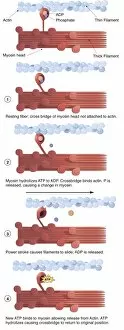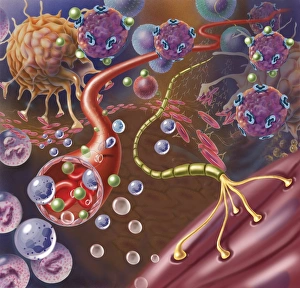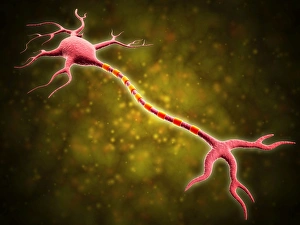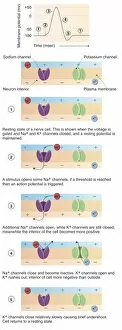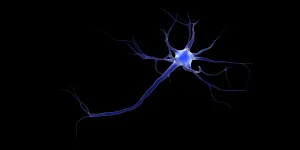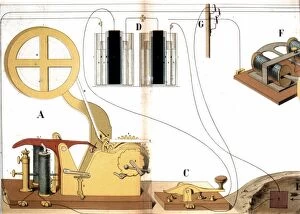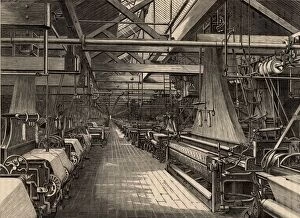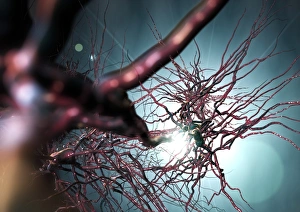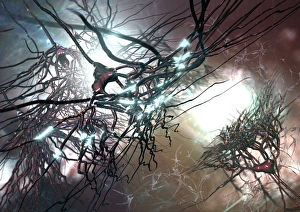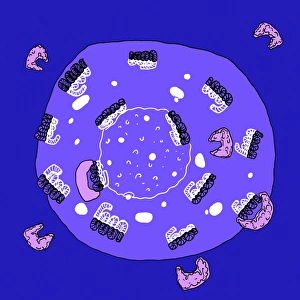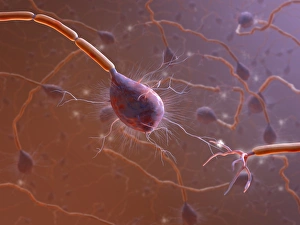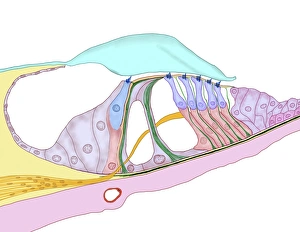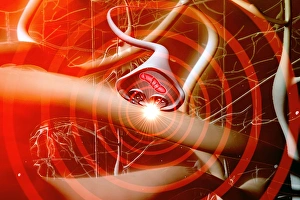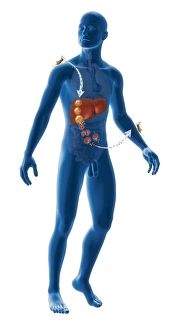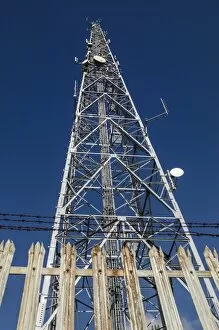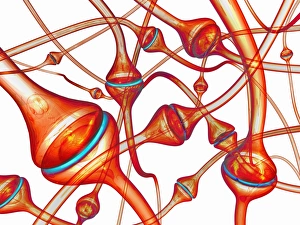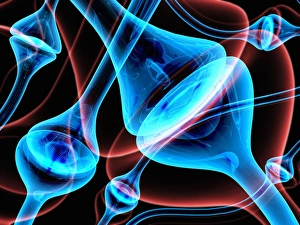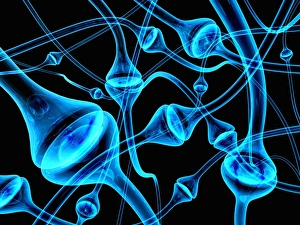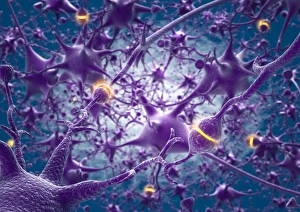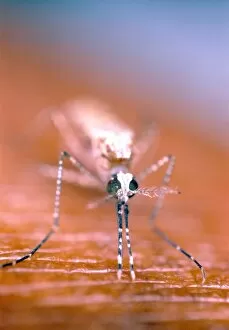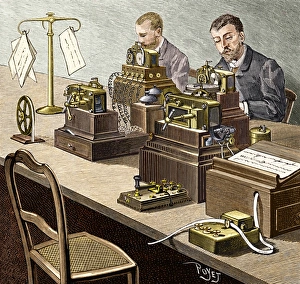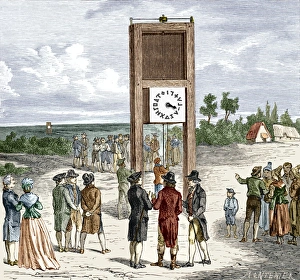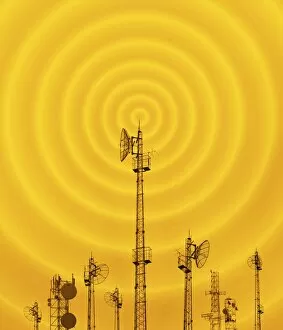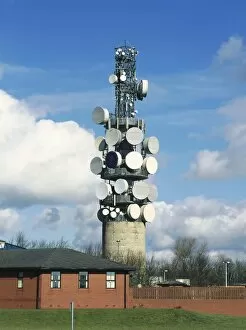Transmitting Collection (page 3)
"Transmitting: The Synapse Nerve Junction of Communication" From the iconic Alexandra Palace, known as the home of the B. B. C
All Professionally Made to Order for Quick Shipping
"Transmitting: The Synapse Nerve Junction of Communication" From the iconic Alexandra Palace, known as the home of the B. B. C. , to the grand Marconi Transmitter, transmitting signals has shaped our world. Just like synapses in our nerves, these transmissions connect us all. In 1969, as Apollo's lunar rover roamed the moon's surface, it carried not only scientific equipment but also a piece of artwork that transmitted a message of human creativity and imagination. Back in 1927, at Holborn in London, England, history was made with the opening of the first automatic telephone exchange. This technological marvel paved the way for seamless communication across great distances. Demonstrating wireless telephony brought people closer than ever before. As radio waves traveled through space and time from towering radio towers to homes around the globe, conversations transcended borders effortlessly. The Teletype revolutionized written communication with its intricate diagram. Messages could now be transmitted with speed and precision across vast distances. Telephoning Australia by short-wave wireless in 1924 marked a milestone in global connectivity. It bridged continents and united people who were once separated by immense oceans. During World War I, British soldiers relied on field telephones to transmit vital information amidst chaos and danger on battlefields. These brave men understood that effective communication was key to victory. Signalling equipment on the Western Front played an essential role during WWI battles. Through coded messages sent via wires or wireless devices, military strategies were coordinated efficiently under extreme circumstances. Heroes emerged from this era - pioneers of wireless telegraphy whose innovations changed society forever. Their colorful lithographs depict their dedication to connecting humanity through technology. Through these glimpses into history - from nerve junctions to grand transmitters - we witness how transmitting has transformed our lives. From humble beginnings to extraordinary advancements; transmitting has become an integral part of our modern existence – connecting minds and hearts across the globe.

